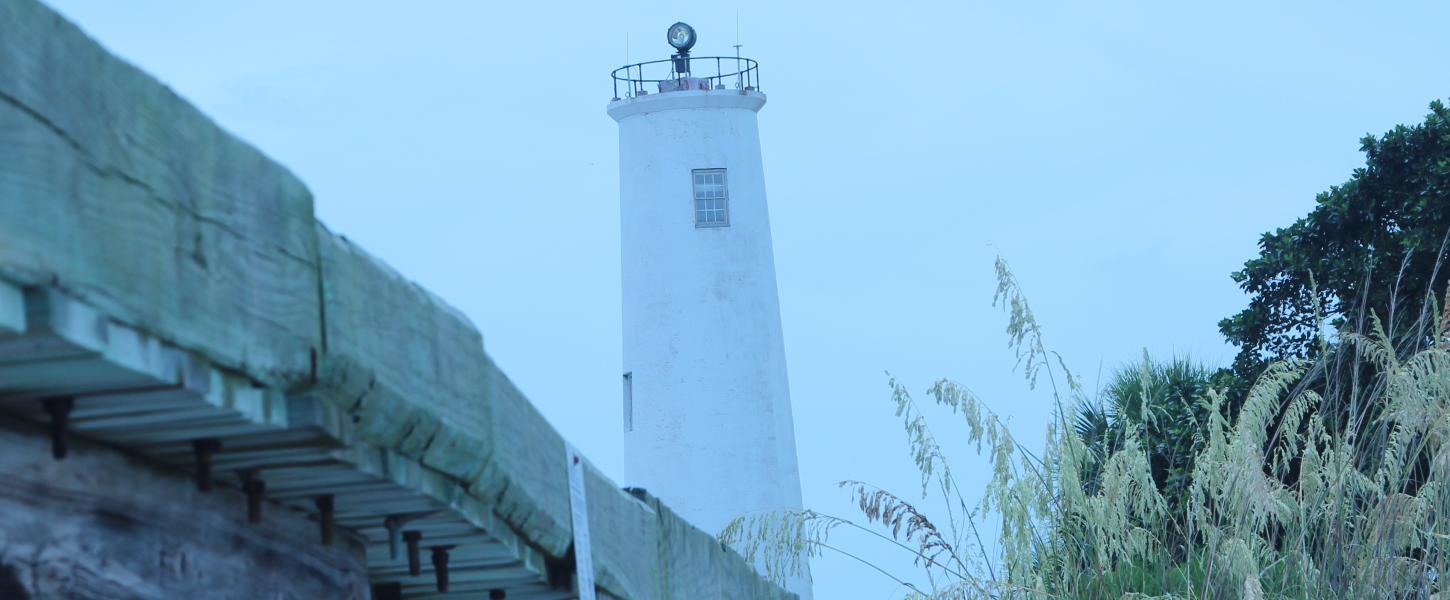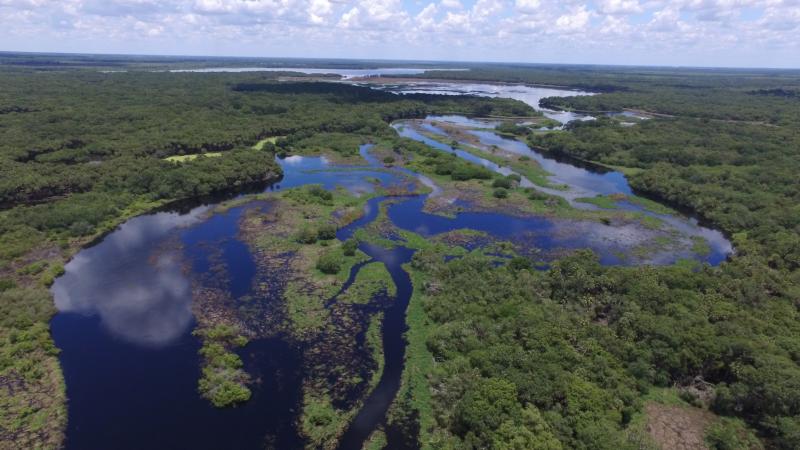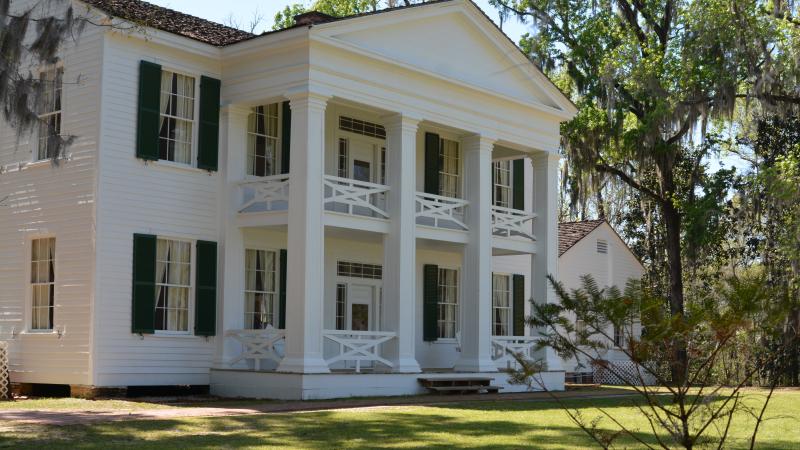
History of Egmont Key

Named in honor of John Perceval, the second Earl of Egmont and member of the Irish House of Commons in 1763, Egmont Key has had Spanish conquistadors and nuclear submarines pass its shores as they entered Tampa Bay.
In the 1830s, as shipping increased, so did the number of ships that were grounded on the numerous sandbars around Egmont Key. Congress authorized funds to construct a lighthouse on the island. When completed in 1848, it was the only lighthouse between St. Marks and Key West. When the Great Hurricane of 1848 struck in September, tides 15 feet above normal washed over the island and damaged the lighthouse. Another storm did additional damage, prompting Congress to appropriate funds to rebuild the lightkeeper’s residence and the lighthouse. In 1858, the lighthouse was reconstructed to "withstand any storm."
During the late 1850s, at the end of the Third Seminole War, the island served as a camp for captured Seminoles and was later occupied by the Union Navy during the Civil War.
In 1898, as the Spanish-American War threatened, Fort Dade was built on the island and remained active until 1923.
The Tampa Bay Pilots Association set up operations on the island in 1926. A pilot’s skill and knowledge is needed to guide ships safely in and out of the harbor. When ships approach Tampa Bay, a pilot boards that vessel and takes it to the docks. As the vessel leaves the dock, a pilot guides it out again. The pilots’ skill and knowledge helps guide the ships safely in and out of the harbor. This in turn protects the bay from environmental damage that could result from groundings and/or collisions.

Culture
Named for John Perceval, the second Earl of Egmont, the Key has had both Spanish conquistadors and nuclear submarines pass its shores. In the 1830s, as shipping increased so did the number of ship groundings leading Congress to authorize funds to construct a lighthouse - the only one between St. Marks and Key West.
In 1848 the Great Hurricane, with tides 15 feet above normal washed over the island, damaging the lighthouse. A following storm prompted Congress to appropriate funds to rebuild the lightkeeper's residence and a lighthouse that would "withstand any storm." At the end of the Third Seminole War, the island served as a camp for captured Seminoles and was later occupied by the Union Navy during the Civil War.
In 1898 as the Spanish-American War threatened, Fort Dade was built and remained active until 1923.
In 1926, the Tampa Bay Pilots Association set up operations on the island to assist approaching ships to navigate the harbor, helping to decrease groundings and protect the bay from environmental damage.
Keeper's House
A lighthouse keeper's job could be a lonely one, often located far from neighbors and friends. The residence of Egmont Key's first lighthouse keeper is seen in this picture situated to the right of the dock and boathouse and surrounded by scrub. The lighthouse is to the left.
Temporary Tent Hospital, 1898
Egmont Key was occupied by military forces several times in the course of its history. At the end of the Third Seminole War (1855 - 1858), the United States Army detained Indian prisoners here including, it is believed, the well-known Billy Bowlegs. Confederate troops and later the Union Navy occupied the island during the Civil War. At the outset of the Spanish-American War in 1898, temporary hospitals such as the one shown in this image were used to treat soldiers wounded in the war.
Second Keeper's House
Once the Civil War was over, the lighthouse keeper and his family again became the only inhabitants on Egmont Key until 1906 when construction on Fort Dade was completed.
Fort Dade, circa 1920
Fort Dade was established on Egmont Key in 1898 as a means to safeguard the Tampa Bay area from the imminent Spanish American-War. Construction on the fort was completed in 1906. The city had more than 300 residents and featured brick roads, electricity, telephones, a hospital, jail, movie theater, bowling alley and tennis courts. The fort was deactivated in 1923 and the Tampa Bay Pilots Association set up operations on the island in 1926. The pilots association currently inhabits the island, along with one Florida State Park staff member.
The second lighthouse keeper's residence and the lighthouse on Egmont Key in 1941.
The Coast Guard took over operations of the lighthouse in 1939, leaving the keeper's residence vacant. The decision was made to demolish the two-story home and replace it with a one-story barracks building. Today, the island is once again inhabited only by its caretakers. Nonetheless, its beaches, lighthouse and the ruins of long gone Fort Dade welcome visitors to walk the grounds and discover the past.


